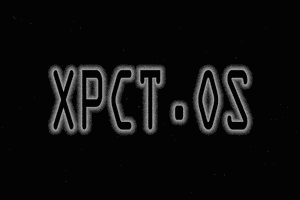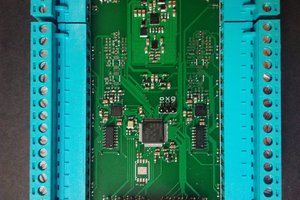Background and Objectives
Modern music could benefit from availability of new unorthodox input controllers. This project aims to address each of the following issues with contemporary instruments:
Difficulty of construction and development
Traditional instruments - the violin, horn, and piano, for instance - were historically crafted by experts who devoted their lives to guaranteeing sound quality. Conversely, electronic instruments can be specified and relatively easily manufactured, but most remain closed-source in design. More so, neither of these classes of instruments are easy to modify without domain-specific knowledge.
WhistleSynth should be simple enough in design for an average hobbyist to construct, likely using off-the-shelf components and manufacturing processes available to makers. Its designs should be openly available to the public.
Portability
Transporting instruments can be an endeavor. For large electronic setups, there is often a high setup time required for configuring signal paths (MIDI or analog), and an additional risk of theft, since setups are often expansive. For traditional instruments, transportation is risky due to the threat of damage to the instrument, especially for large-bodied string instruments like cellos.
WhistleSynth should be easy to transport, quick to set up at a venue, and light enough to continue playing for long durations.
Accessibility and required skill level
Without musical training or years of instrument practice, making complex music can be challenging. At the same time, quality equipment can be prohibitively expensive. FOSS music composition software attempts to address some of these issues, but is often complex, and compromises on the real-time expression associated with performance music.
WhistleSynth should have an approachable interface that doesn't sacrifice nuanced performance or cost.
Utilization of expression vectors
Humans have a limited number of ways in which they can physically express themselves: "expression vectors". This matters for performance artists - when a musician's expression vectors are fully utilized, they can't create any more simultaneous voices. Both classically and today, most musical UI elements (buttons, knobs, strings, etc.) are designed with the hands in mind, leaving precious few other expression vectors available.
WhistleSynth should require only the mouth as its controlling expression vector, and should actively avoid occupying the hands. In this way, the performer can use them for other inputs.
Music system compatibility
Modern digital music synthesis has been transformative, enabling complex composition and sound design. Even classical instruments have been adapted (via external attachments) to be able to be sampled and filtered via contemporary techniques. It would be a shame for a new instrument to lack native compatibility with this environment.
WhistleSynth should be able to interface with modern digital audio workstation environments. It doesn't necessarily need to be a true sound synthesizer, it just needs to be capable of sending control signals to systems which will perform sound synthesis.
Prior Art
Ugo Conti - Whistle Synthesizer
Ugo Conti's patent US4757737, "Whistle Synthesizer" details the following device:
A whistle synthesizer comprises a microphone, a housing, system electronics within the housing, and controls outside the housing. The player whistles into the microphone, the signals from which are processed to provide an instrument output signal suitable for communication to an external amplifier. The controls are located within easy reach of the player so that they may be manipulated all the while the player is whistling.
Conti provides several figures detailing the implementation of this instrument.
The date of patent is July 19, 1988. Under US law, the term of patent for patents filed before June 8, 1995 is 20 years. Therefore it should be legally acceptable to use features of this system as inspiration or directly...
 Michael Erberich
Michael Erberich


 Jan Bert
Jan Bert
 Andrew Benson
Andrew Benson
 J. M. Hopkins
J. M. Hopkins
 NotBlackMagic
NotBlackMagic
This is neat! Any chance you could convert it to be a synth-harmonica? I play the harmonica, and have always wanted one that could act like a synth, maybe hook up to a Bluetooth speaker or something.